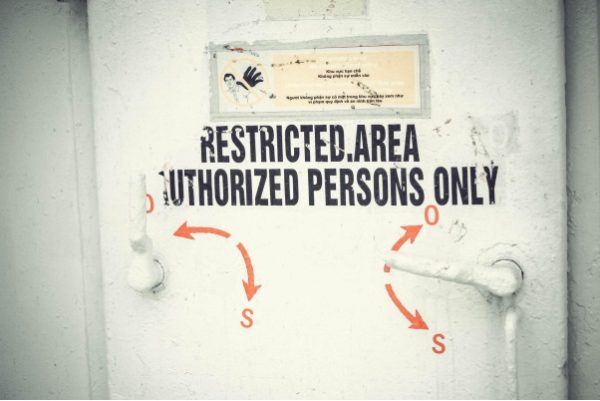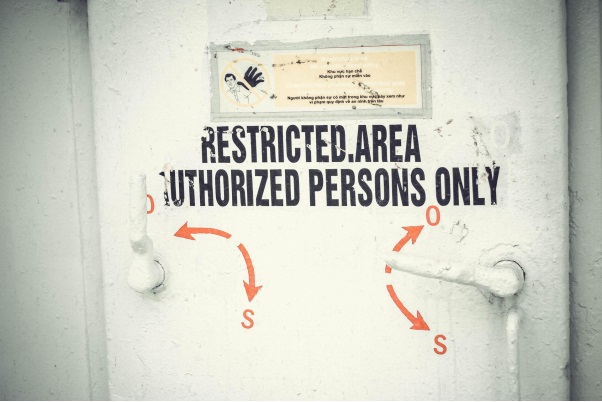The modern business landscape is filled with competition. Taking your company from startup to success story will require a lot of hard work. Using modern tech tools can help you provide your customers with a higher degree of service.
The main thing you need to worry about when growing your network is keeping information secure. Over 60 percent of the companies go out of business six months after having their data hacked. Instead of being just another statistic, your main goal following a data hack should be finding a way to bounce back.
Here are some of the things you will need to do to strengthen your network following a data hack.

1. Stopping the Breach Should be Priority Number One
As soon as you start to notice signs of a data breach, the main thing you need to worry about is reducing the amount of damage it causes. Neglecting to act right away during a data breach can lead to this problem getting much worse. The first thing you need to do to stop this breach is to isolate the systems being accessed by hackers.
If the hackers have taken over various user accounts, deleting them from your system is essential. Once you have contained the areas affected by the breach, you can reach out to cybersecurity professionals for further instructions. If you have an offsite backup of all of your files, the professionals you are working with may recommend wiping the network clean and then using the backups to restore the information.
2. Taking Stock of the Damage Done
After the smoke has cleared from the initial data breach, you will need to take a step back to assess the damage. The only way you can prevent these same types of attacks from happening in the future is learning from your mistakes. This is why you need to take an objective look at the affected systems and the methods used to infiltrate them.
Finding out whether malware or social engineering tactics were used to gain access to these systems can be very helpful. If the hackers used malware, then investing in state-of-the-art virus detection and scanning software should be a priority. IT professionals should be able to offer you guidance regarding which software is the best fit for your needs.
Not only will you need to invest in new virus detection software, but you need to find Free Network Monitoring Software as well. With this software, you can get real-time alerts when potential network threats are detected.

3. Notify Consumers and Employees That Were Affected By the Breach
As you start to uncover the files and data affected by a data breach, you will need to keep both employees and consumers in the loop. If a customer’s sensitive information was compromised during the attack, you need to alert them immediately. With this knowledge, your customer can keep a close eye on any suspicious activity.
The last thing you want to do is keep information about the data hack hidden from those affected. Not only will this lead to your clients losing trust in your company, but it can also lead to their identity being stolen. While it may not be easy to tell customers you have let their information fall into the wrong hands, it is essential when trying to recover from a data breach.
Avoid Letting This Problem Happen Again
Treating a data breach as a learning experience can help you greatly in the future. If you are unsure about how to properly secure the information on your network, reaching out to IT professionals is a good idea. With their help, you will be able to keep hackers at bay.

Thanks for sharing this informative article!! Great Post.
Thanks for sharing such great information!!